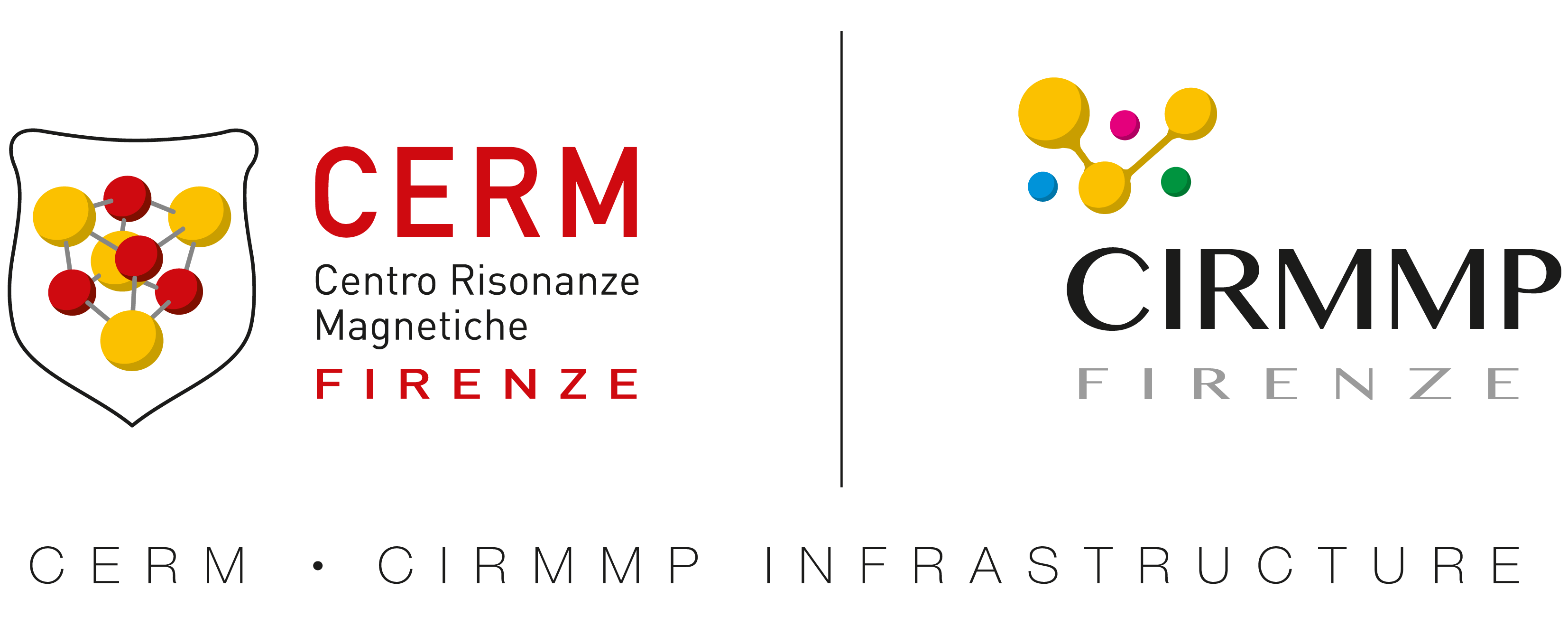A new software tool for FBDD by NMR
The benchmarking study of software tools conducted in the first part of the project revealed that the majority of the programs for automated analysis of spectra described in the literature were not of immediate availability to users for FBDD studies; some require the local installation of a program, upon request to the authors, whereas others are embedded in complex, sometimes commercial, suites. Therefore, CIRMMP decided to develop at home a new dedicated software tool (PICASSO)1 that compares two spectra, one of the free protein and one of the small molecule-protein mixture, based on the corresponding peak lists. The performance of the tool in terms of correct identification of the protein-binding regions has been evaluated on different protein targets (matrix metalloproteinase 12, human carbonic anhydrase II, human transthyretin, human musashi, human MDM2, human HUR) using experimental data from interaction studies with a set of selected ligands (19) already published or available. For the systems investigated, our tool achieved between 79% and 100% correct assignments, properly identifying the protein regions involved in the interaction.
Fragment screening NMR pipeline web server: an on-line accessible workflow for FBDD by NMR
To further reduce the manual involvement and to maximize the output of NMR fragment screening campaign, the software tool PICASSO has been integrated in an automated workflow. The service allows for the automatic identification of binding ligands to protein targets as well as the evaluation of per residue chemical shift perturbations between the free protein spectrum and the ligand-bound protein spectrum. In particular, the assignment of the spectrum of the free protein and the raw data of the spectrum of the ligand-bound protein are needed. The service takes as input NMR spectra in the Bruker format and automatically processes them using the NMRPipe software. The 2D 1H–15N correlation spectra are analyzed and assigned using Picasso software, and the chemical shift perturbation data are provided as output in CSV format.
Fragment screening NMR pipeline web service is now available at the link: https://nmrfrascan.cerm.unifi.it/frontend
